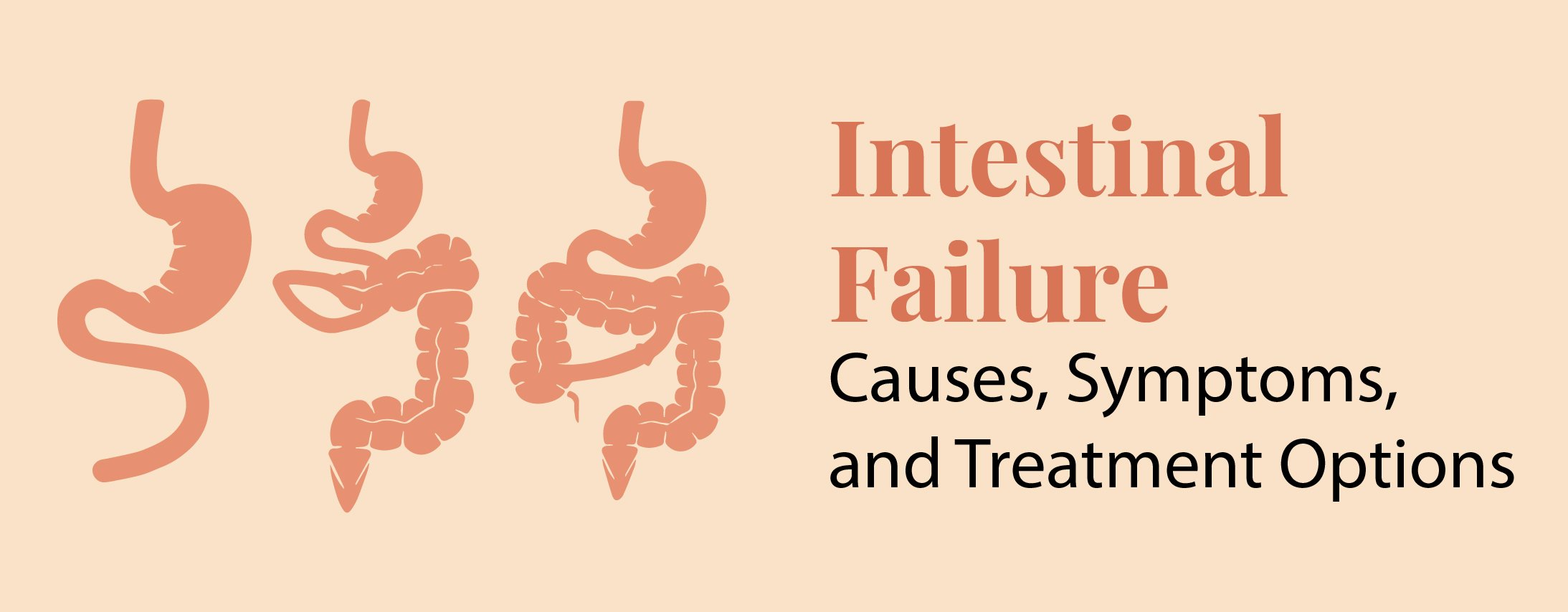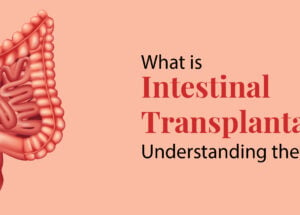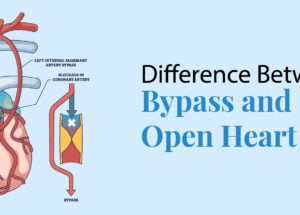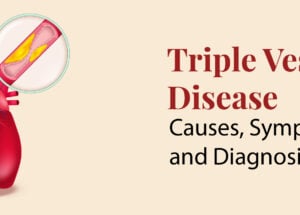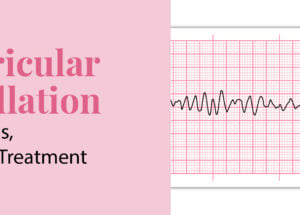Triple Vessel Disease: Causes, Symptoms, and Diagnosis
May 2, 2025
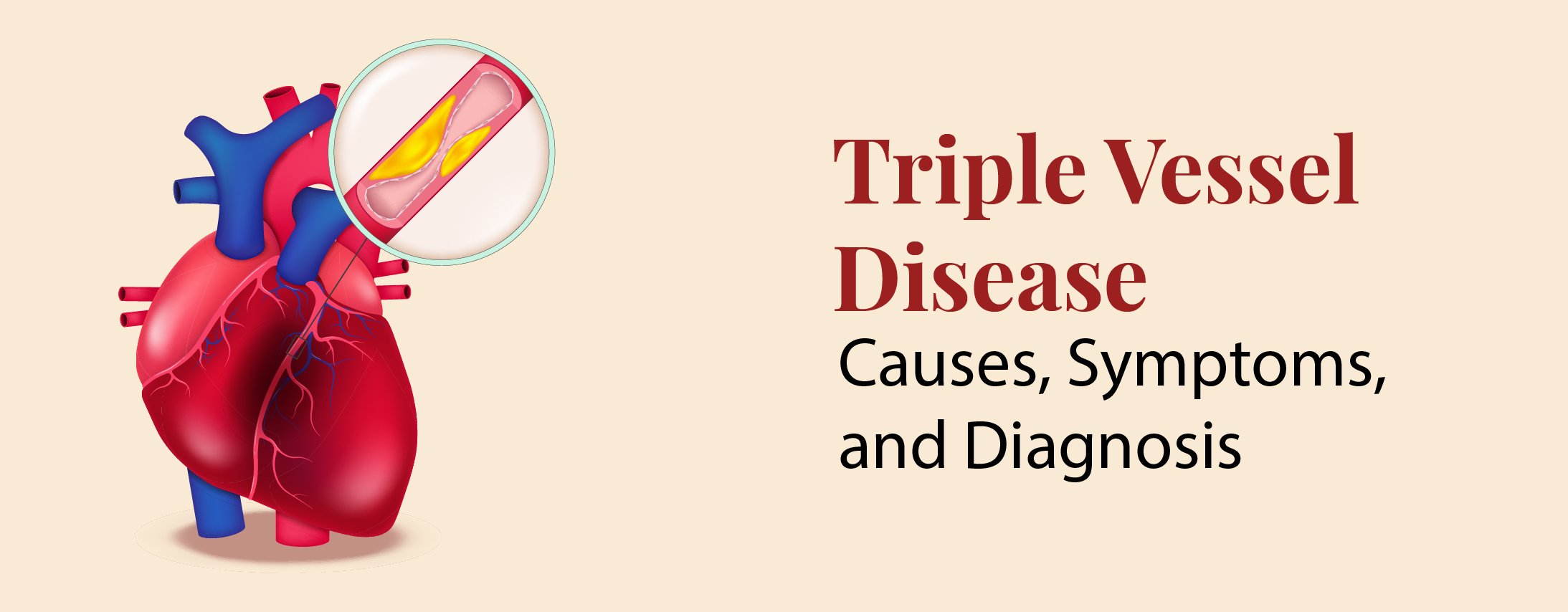
Triple Vessel Disease: Causes, Symptoms, and Diagnosis
The heart works to pump blood to all of the areas that need oxygen and sustenance. However, severe constriction or blockage of the blood arteries supplying the heart can lead to serious health problems. One of these disorders is Triple Vessel Disease (TVD), a severe form of coronary artery disease that affects the heart’s three main blood vessels. This sickness requires immediate diagnosis and treatment because it significantly increases the risk of heart complications.
The coronary arteries carry oxygenated blood to the heart. When these arteries get clogged with fatty deposits, blood flow to the heart muscle decreases. Triple Vessel Disease is more fatal than blockages in one or two major coronary arteries since it affects all three. If left untreated, decreasing blood flow can lead to life-threatening symptoms while the heart attempts to beat properly.
Causes of Triple Vessel Disease
Triple Vessel Disease does not develop overnight. It is often the result of a long-term process involving multiple risk factors, including:
- Unhealthy Diet – A diet rich in unhealthy fats, processed foods, and excess sugar can contribute to the buildup of fatty deposits (plaques) in the arteries.
- Sedentary Lifestyle – Lack of physical activity can lead to obesity, high cholesterol, and other risk factors that increase the likelihood of artery blockage.
- Smoking – Tobacco use damages blood vessels and accelerates the narrowing of arteries, significantly increasing the risk of heart disease.
- High Blood Pressure – When blood pressure is consistently high, it puts extra strain on the arteries, making them more prone to damage and plaque buildup.
- Diabetes – Elevated blood sugar levels can damage blood vessels over time, making people with diabetes more susceptible to coronary artery disease.
- Genetic Factors – A family history of heart disease can increase the likelihood of developing conditions like Triple Vessel Disease.
- Stress – Chronic stress can contribute to high blood pressure and other risk factors that affect heart health.
Symptoms of Triple Vessel Disease
The symptoms of Triple Vessel Disease can vary from mild discomfort to severe pain. Some people may not experience noticeable symptoms until the condition has progressed significantly. The most common signs include:
- Chest Pain (Angina) – This is one of the most common symptoms, often described as a tightness, pressure, or burning sensation in the chest. It can occur during physical activity or even at rest.
- Shortness of Breath – When the heart struggles to pump blood efficiently, even simple activities like walking or climbing stairs can cause breathlessness.
- Fatigue – Feeling exhausted, even after sufficient rest, can indicate that the heart is not getting enough oxygen-rich blood.
- Pain in Other Areas – Some people experience pain or discomfort in the arms, shoulders, back, neck, or jaw.
- Dizziness or Fainting – Reduced blood flow to the brain can cause lightheadedness or even fainting in severe cases.
If you experience any of these symptoms, especially chest pain or shortness of breath, it is crucial to seek medical attention immediately.
Diagnosing Triple Vessel Disease
Early diagnosis is key to managing Triple Vessel Disease effectively. Since symptoms may not always be obvious, medical tests help confirm the presence and severity of the condition. Common diagnostic methods include:
- Electrocardiogram (ECG) – This test measures the electrical activity of the heart and helps detect abnormalities that may indicate reduced blood supply.
- Stress Test – Also known as a treadmill test, this evaluates how the heart functions under physical stress. Abnormalities during exercise can suggest blocked arteries.
- Echocardiogram – An ultrasound scan of the heart that provides images of its structure and function, helping doctors assess any damage caused by reduced blood flow.
- Coronary Angiography – This is one of the most definitive tests for Triple Vessel Disease. A special dye is injected into the blood vessels, and X-rays are taken to visualize blockages in the coronary arteries.
- CT Angiography – A non-invasive imaging test that provides detailed images of the coronary arteries to assess blockages and narrowing.
- Blood Tests – Checking cholesterol levels, blood sugar, and other markers can help determine the risk factors contributing to the disease.
Importance of Early Detection
Triple Vessel Disease is a hazardous ailment that must be addressed immediately. If left untreated, it can lead to heart attacks, cardiac failure, and other significant complications. Early symptom recognition and routine physical tests can help to diagnose the condition before it worsens.
Preventive therapies are critical for persons with risk factors such as diabetes, high blood pressure, or a family history of heart disease. A heart-healthy lifestyle, frequent exercise, and regular doctor examinations can dramatically reduce the risk of major coronary artery disease.
Conclusion
Triple Vessel Disease is a significant cardiac illness that affects blood flow to the heart muscles. Being aware of the causes, identifying the symptoms, and acquiring a diagnosis as soon as feasible are all steps toward effective disease management. Adopting a heart-healthy lifestyle and taking a proactive approach to cardiovascular health can significantly reduce the risk of developing cardiovascular disease. If you feel you have any heart-related symptoms, seeking medical attention as soon as possible might help you live a healthier life.
Frequently Asked Questions
1. Is Triple Vessel Disease life-threatening?
Yes, if left untreated, it can lead to severe complications like heart attacks and heart failure.
2. Can Triple Vessel Disease be reversed?
While blockages may not be completely reversed, lifestyle changes and medical intervention can help manage the condition effectively.
3. What are the warning signs of Triple Vessel Disease?
Chest pain, shortness of breath, fatigue, dizziness, and pain in other areas like the jaw or arms are common warning signs.


